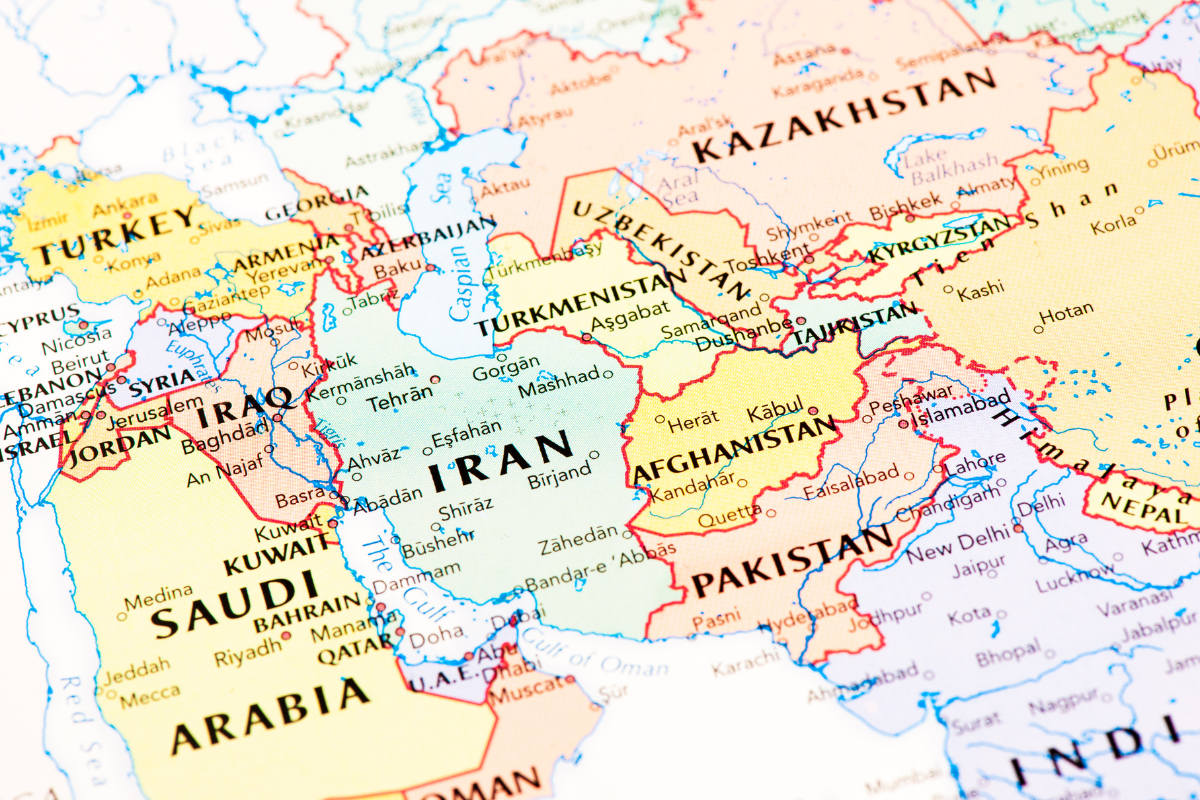In less than 24 hours, we have gone from a possible military escalation in the Middle East—following the hostilities between Iran, Israel, and the U.S.—to an announcement of a “ceasefire” and a certain de-escalation of tensions. According to investment firms and international asset managers, this geopolitical situation is clearly reflected in oil prices, but what stands out most is the apparent calm observed in financial markets.
According to Thomas Hempell, Head of Macro and Market Research at Generali AM (part of Generali Investments), on Monday, markets in general reacted with risk aversion, with rising oil prices and falling equity markets.
“Surprisingly, the U.S. dollar initially rose, but that quickly faded, reinforcing concerns about its weakening status as a safe haven. Still, this marks an improvement over the U.S. dollar’s negative response to the growing trade tensions in recent weeks. In fact, a sharper increase in energy costs would hurt energy importers (including the eurozone and Japan) the most, while the U.S. has become a net oil exporter,” Hempell noted. In his view, Treasuries (and bunds) also failed to act as safe havens, with 10-year U.S. debt yields trading around 4.40%.
Meanwhile, stock markets are reacting positively to the Middle East de-escalation, while oil prices fell 3% on Tuesday, and in Europe, gas prices dropped 11%. “The muted Iranian response and rapid ceasefire point to a scenario of de-escalation in the coming days, which will shift attention back to the tariff moratorium—set to expire in 15 days—and to the negotiations over the U.S. tax reform currently in the Senate,” analysts at Banca March acknowledged in their daily report.
“Military conflicts are always unpredictable. Even Middle East experts struggle to anticipate how this war will unfold and what its consequences will be in the coming days, weeks, or months. Before the war between Israel and Iran began, the evolving world order and changing geopolitical landscape—marked by tariffs and trade wars—were already adding uncertainty to expected returns across all asset classes,” analysts at AllianceBernstein noted.
Most Sensitive Markets and Assets
According to Kerstin Hottner, Head of Commodities at Vontobel, and portfolio managers Regina Hammerschmid and Renato Mettler, although there was a widespread expectation of rising oil prices and a flight-to-safety sentiment to start the week, the European market reaction was quite different. “Brent crude futures opened with a sharp increase in Asia at $81, before retreating ahead of the European open and trading just above Friday’s close at around $77.10. Risk aversion was moderate across all asset classes, with equities and bond yields slightly down and the U.S. dollar strengthening. Curiously, gold demand was limited despite rising geopolitical tensions. The muted response suggests markets are in a wait-and-see mode, particularly focused on how Iran will respond in the coming days. So far, the U.S. has announced a 12-hour ceasefire. What happens next will be crucial,” said the experts at Vontobel.
Ebury analysts believe the Israel-Iran war will dominate the currency market following U.S. involvement. In this context, “the U.S. dollar appears to be maintaining its status as a safe-haven currency during times of severe geopolitical instability and has risen against all major global currencies,” they explained. They also noted that the euro is trading almost entirely in response to external events—particularly the war between Israel and Iran—and “is broadly affected by rising oil prices and the fact that Europe is a large net energy importer, whereas the U.S. is an exporter,” the Ebury analysts pointed out. They expect the same trend to persist this week: “The euro opened lower as oil prices continue to climb.”
No Rushing to Conclusions
According to U.S.-based asset manager Payden & Rygel, tensions in the Middle East captured investors’ attention this week, causing market movements just weeks after U.S. equities had recovered from an 18.9% decline. However, they advise staying calm amid the turmoil.
“First, a review of geopolitical crises since 1939 suggests the average market drop from geopolitical events is only 5.6% and lasts just 16 days. Second, markets tend to recover quickly. In 60% of cases, the S&P 500 regained losses within a month of the bottom, and in 80% of cases within two months. Exceptions are usually crises that trigger or coincide with a recession or persistent inflation that keeps federal funds rates elevated, like the 1973 oil embargo. Third, the average return 12 months after a geopolitical crisis was 14%, well above the S&P 500’s average annual return during ‘normal’ times. In other words, unless a recession or rate hike by the Fed is expected in the next 6 to 12 months, a long-term view and looking beyond short-term volatility is advisable,” they said.
A similar message comes from Gregor MA Hirt, Global CIO of Multi Asset at Allianz Global Investors: “Investors should prepare for short-term turbulence in energy prices and inflation expectations. However, as in past crises, excessive market moves could offer compelling opportunities. Central banks—particularly the Fed—may need to reconsider their policy paths if inflation accelerates while growth slows.” For MA Hirt, the coming days will be key in assessing damage to Iranian nuclear facilities, the scale of Iran’s response, and the stance taken by the international community. “All of this will shape market sentiment in the short term,” he added.
Furthermore, Dan Ivascyn, CIO at PIMCO, reminds investors that uncertainty can be a tailwind for fixed income. Ivascyn acknowledges that the market may be witnessing a reversal of U.S. exceptionalism and that other markets may become more profitable, creating an opportunity to diversify away from the U.S.
“This year’s price movements and news are an example of how uncertain the macroeconomic environment is. It’s always important to remind investors that current income drives a significant portion of fixed income returns. Despite high volatility, returns have been quite solid—especially if holding a global portfolio with non-dollar-denominated assets and higher-quality emerging markets. At PIMCO, we take a long-term orientation, use all tools at our disposal, acknowledge great uncertainty, reinforce portfolio resilience, and strive to deliver highly attractive returns for our clients,” Ivascyn stated.
Resilient Portfolios and Caution
Asset managers also emphasize that predicting the outcome is not the game to play, which is why they focus on building resilient portfolios. “The coming weeks present multiple risks to markets, including developments in U.S. tariffs and other policies—but these are two-sided risks, as markets could also ‘climb the wall of worry’ once they pass,” argued Salman Ahmed, Global Head of Macro and Strategic Asset Allocation at Fidelity International.
In his view, from an asset allocation perspective, this is a time to stay broadly neutral toward risk while taking more granular views across regions and asset classes—buying and selling very selectively. “Diversification remains key, as does the flexibility to actively manage risks—including currency positions and selective hedges (e.g., gold),” he noted.
Meanwhile, Michaël Nizard, Head of Multi Asset and Overlay, and Nabil Milali, Multi Asset and Overlay Manager at Edmond de Rothschild AM, acknowledge that in this context, they maintain a cautious view of equity markets amid ongoing economic and geopolitical uncertainty—especially as valuations have returned to high levels. “As for fixed income investments, we hold a neutral duration stance and continue to favor carry strategies, while the dollar’s failure to reclaim its safe-haven status reinforces our negative view,” added the Edmond de Rothschild AM experts.




